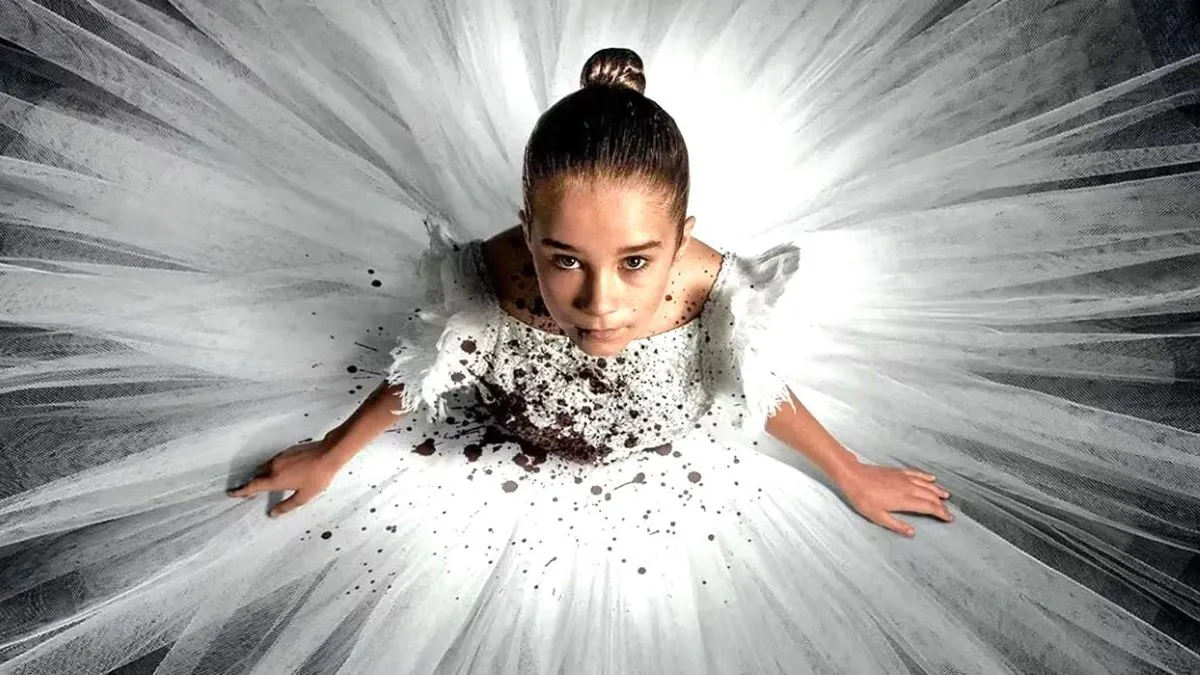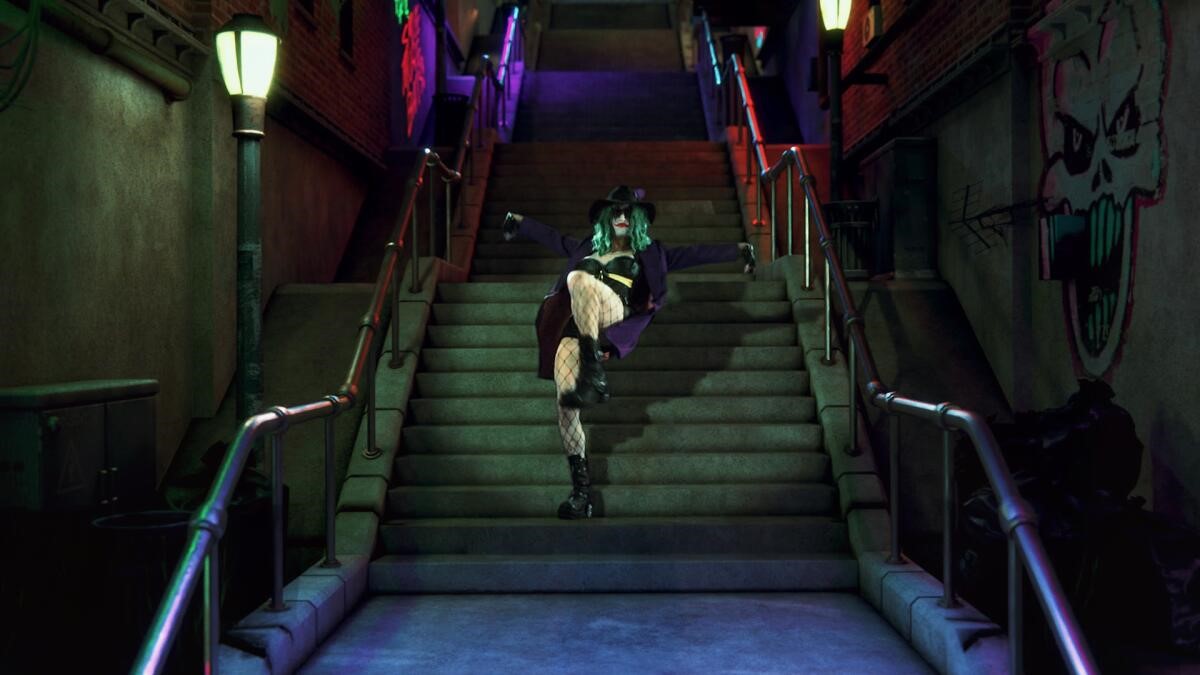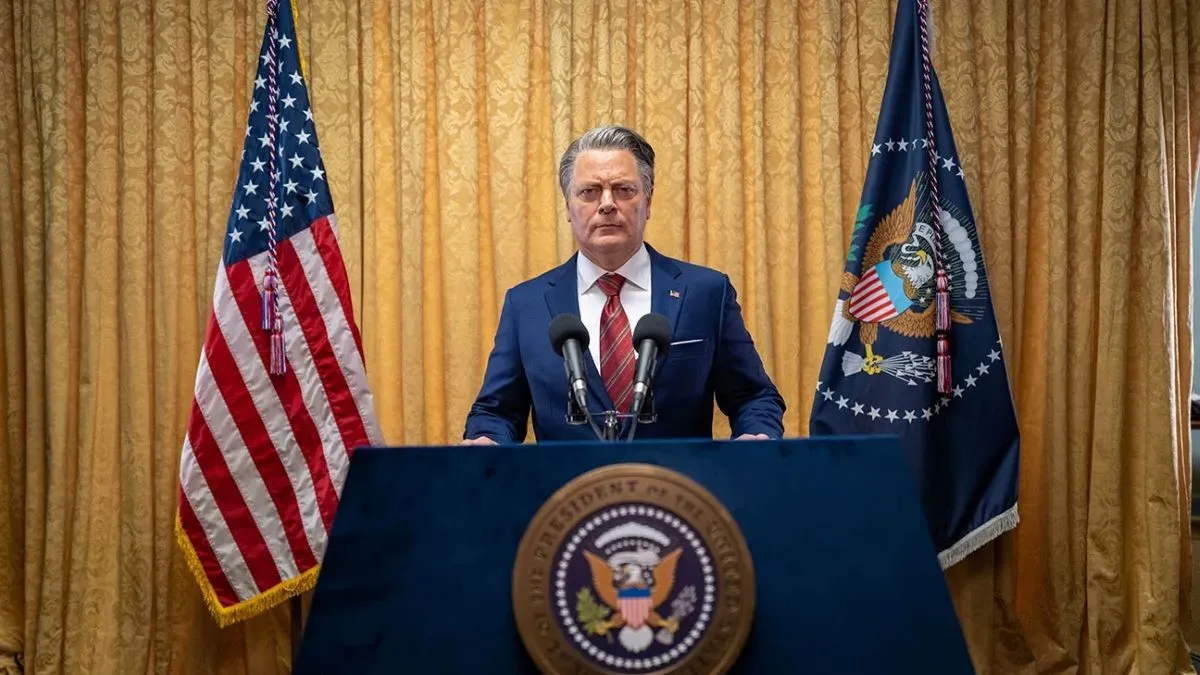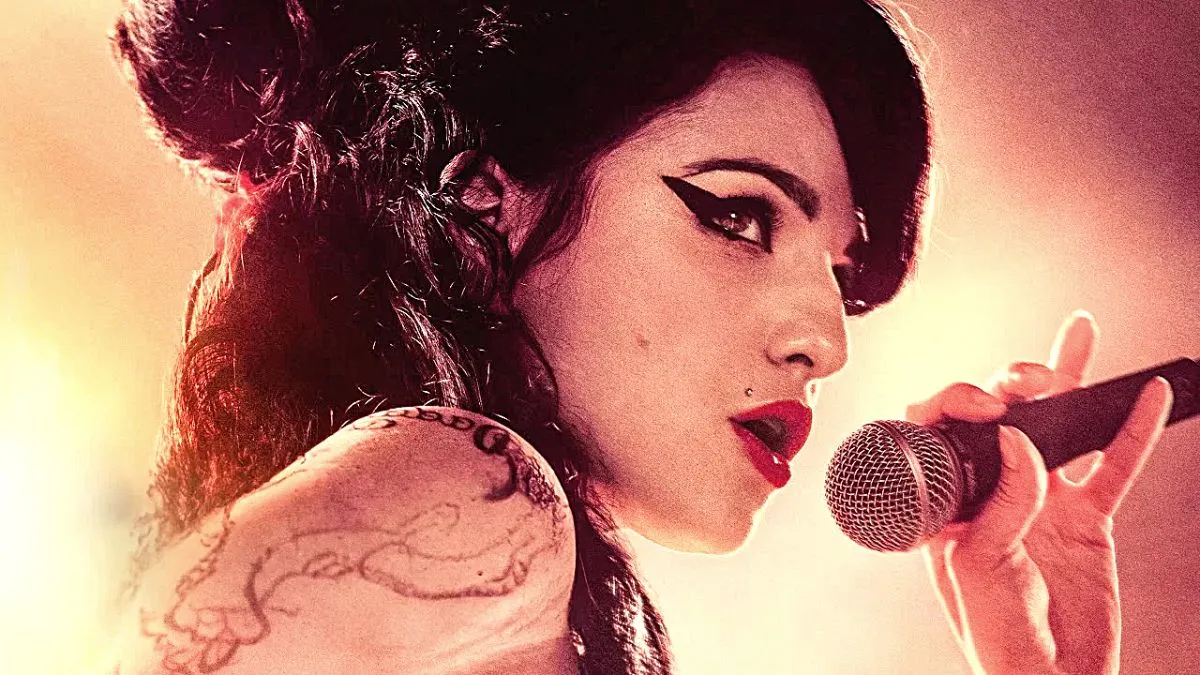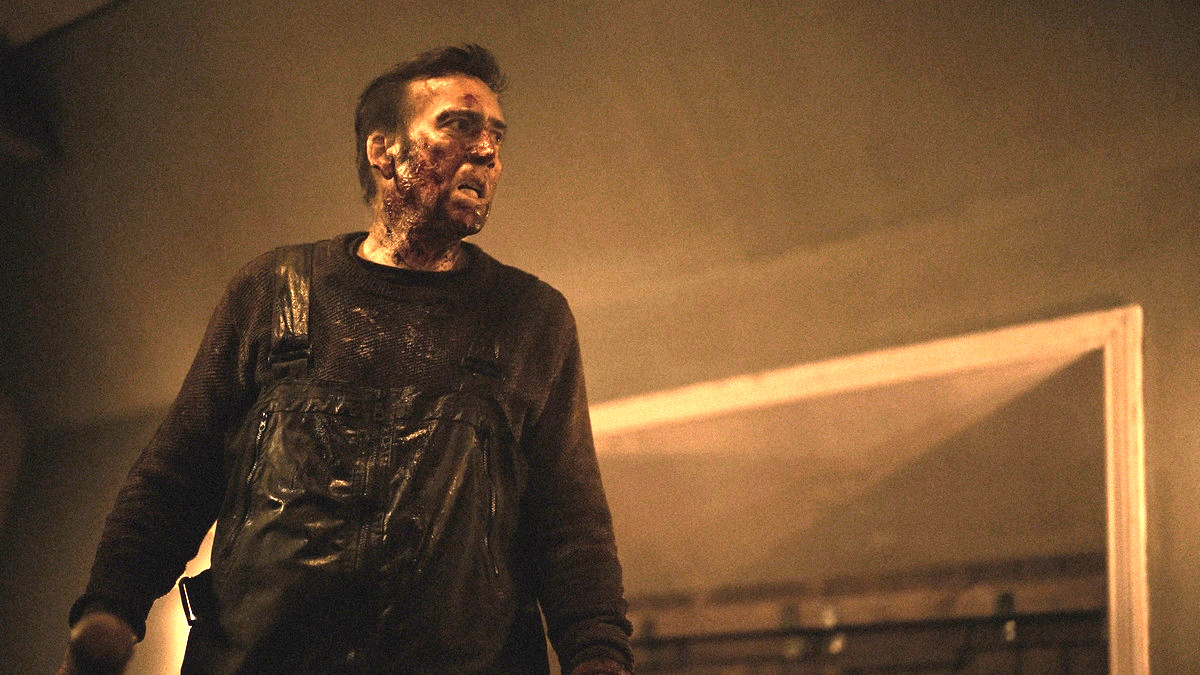
When watching tonight’s expectedly bloody Hannibal, I was often reminded of this past Sunday’s Game of Thrones. What struck a chord was remembering the collective social media PTSD being broadcast non-stop after that thing happened in GoT, and people were openly questioning why it was they were watching the show in the first place. Tasha Robinson has already provided a fantastic analysis of why that thing had such a huge impact on viewers, and what it means for the series moving forward, but the question still lingered for me as to why it is we submit ourselves to the kinds of negative emotion shows like Game of Thrones and Hannibal often elicit.
I found my answer at the end of Steven Soderbergh’s keynote speech during the State of Cinema Address from one month ago, where he gave up the secret to convincing a room full of moneymen that your movie needs to be made. “I don’t care what you’re pitching: it could be about genocide, it could be about child-killers, it could be about the worst kind of criminal injustice you can imagine, but as you’re in the process of telling this story, sort of, stop yourself in the middle of a sentence –and sort of almost like you’re having an epiphany-, and say, “you know what? At the end of this day, this is a movie about hope.””
Soderbergh uses an unexpected ray of sunshine to close out an otherwise rambling, and justifiably cynical post-mortem for the world of film, which he claims to be retiring from. The last-minute anecdote is an example of its own philosophy put into motion, because while Soderbergh is genial and charming even when scattered, the lesson is what pulls the whole speech out of its own pessimistic tailspin. The applause at the end is half polite, half relieved, both because the audience is no longer quite so convinced cinema has a terminal illness, and because there’s a lot of truth to the sentiment. Movies, TV, doesn’t matter the storytelling: at the end of the day, it really does all come back to hope. Even the cruelest, nastiest piece of fiction needs to have something –a goal, a dream, a moral- that will ultimately justify why the work needed to be created in the first place.
So where is the hope in Hannibal? What is it about the show that makes you want to come back, week after draining week? Speaking in purely aesthetic terms, you could easily make a case for the show’s existence, as most every design detail, and shot continues to push your expectations for what a network drama can look like (this week, Oscar-winning cinematographer Guillermo Navarro is in the director’s chair). The actors are solid across the board, often bordering on, or surpassing the line of exceptional, depending on the scene. And perhaps most surprisingly, it’s a serialized horror series that happens to be legitimately creepy, and even outright scary on occasion.
Above all though, it’s been Hannibal’s devil-may-care, “holy shit, how’d that get passed the censors” approach to horror that’s been the big draw for me, which has made it feel at times like a game of waiting out the plotting and dialogue for the next gruesome setpiece to show up. Other shows let you luxuriate in challenging writing, or ruminate on heady symbols and themes. Hannibal, meanwhile, is often at its most effective when barely saying a word, and while there are certainly more textured readings, my take on the show’s subtext thus far has been mostly surface level, ie: the totem pole made of corpses is a metaphor for how fucked up a totem pole made of corpses is.
This was my central concern with the show from the outset, as it was hard to distinguish early on whether Hannibal had more compelling things to say about its subject matter than senseless violence-porn like The Following, or whether it was just much better at making that senseless violence entertaining. To be clear, violence itself is not inherently off-putting; if done right, it’s extremely engaging. But there needs be something driving the violence, that hope which creates a purpose for violent actions either dramatically, thematically, or preferably both.
Case in point: when that thing happened on last week’s Game of Thrones, it was gut-wrenching, horrifying, and made me look away from the screen on several occasions…and I’ve read the books for crying out loud. The event mattered because the actions had broader implications on the narrative than simply providing an excuse for bloodletting for bloodletting’s sake. Contrast that with this week’s Hannibal, when Dr. Gideon (Eddie Izzard, hamming it up nicely) opens up his shrink, or when the MEs are checking out the latest Columbian neck fashion, and you’ll experience the same physical reaction, but not nearly the same emotional one.
I don’t know if the show has done a more squirm-inducing, cover-your-eyes scene than Gideon’s game of Operation in the observatory, which was another immaculate Hannibal setpiece that twists and prods you the way that good horror should, before letting you bask in the afterglow of release like a runner’s high. All the same, the experience is almost entirely visceral: there’s a perverted, poetic justice to watching Gideon scramble the insides of asshole psychiatrist Frederick Chilton -who messed with the inside of Gideon’s head, by making him believe he was the Chesapeake Ripper-, but you don’t really care about the characters as characters.
As the two have been absent since their first appearance, “Roti” plays like a delayed sequel, but in the mold of a more procedural episode than what we got with the trip to the looney bin in “Entrée.” Like most weeks, Hannibal sets an animal loose, sees what kind of stylish havoc it can wreak in an hour, and then lets Will and his team back the beast into a corner. What is interesting about “Roti,” and what helped me figure out where the hope is in Hannibal, was what happened when Will did finally track down Giddeon: instead of putting him back into captivity, he puts him down for good. It’s with that action that I think Hannibal is making clear its message about violence, and it’s thankfully more nuanced than “violence exists, and here’s how crazy it can be.”
Continue reading on the next page…


